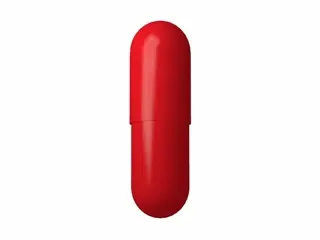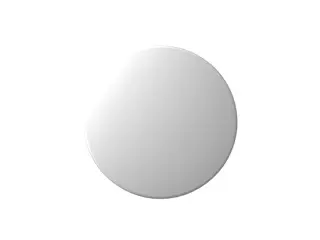Hair Loss
Effective treatments and solutions for hair loss to help restore confidence and promote healthy hair growth. Find top-rated products tailored to your needs.
Hair loss affects many people worldwide. It can be caused by genetics, hormones, or medical conditions. Many medications are available to manage this issue. They work by slowing hair loss or promoting hair growth. In this review, we look at some popular hair loss medications: Avodart, Fincar, Finpecia, Penisole, Propecia, Proscar, and Rogaine.
Avodart contains dutasteride. It is mainly used to treat enlarged prostate but also helps with male pattern baldness. Avodart blocks the action of the hormone DHT, which causes hair follicles to shrink. By lowering DHT, it can reduce hair loss and promote regrowth. Results are often seen after several months. Some users report side effects like decreased libido or erectile dysfunction. It is important to consult a doctor before using Avodart for hair loss.
Fincar, also known as finasteride, is another popular treatment. It is similar to Avodart but contains a different active ingredient. Finasteride inhibits the enzyme that converts testosterone to DHT. By reducing DHT, it can slow hair loss and support hair regrowth. Fincar is often taken once daily as a pill. Users should expect a few months before seeing any changes. Side effects may include sexual dysfunction or mild mood changes. Always follow medical advice when using Fincar.
Finpecia is a generic version of finasteride. It works in the same way as Fincar and Propecia. It blocks DHT to reduce hair loss and encourage new hair growth. Many choose Finpecia due to its affordability compared to branded alternatives. The dosage and side effects are similar to other finasteride medications. Consistent use is necessary to maintain results. Discontinuing the medication will usually cause hair loss to resume.
Penisole contains minoxidil as its active ingredient. Minoxidil is a topical treatment that helps stimulate hair follicles. It is applied directly to the scalp, unlike finasteride products. Penisole increases blood flow to the scalp and can encourage new hair growth. It is often used twice daily for best results. This medication is suitable for both men and women. Side effects are usually mild and may include scalp irritation or dryness.
Propecia is one of the most well-known brands of finasteride. It works by lowering DHT levels to combat male pattern baldness. Propecia has been widely studied and shown to be effective in many patients. The medication requires daily use and may take up to 6 months to show results. Some users report sexual side effects or mild depression. It is important to discuss potential risks with a healthcare provider.
Proscar is similar to Propecia but often prescribed for prostate issues. It contains the same active ingredient, finasteride, but at a higher dose. Some doctors prescribe Proscar off-label to treat hair loss. It functions by blocking DHT production. Side effects and effectiveness for hair loss are comparable to those of Propecia. Patients must not use Proscar without proper medical supervision for hair purposes.
Rogaine is another widely used topical treatment. It contains minoxidil in foam or liquid form. Rogaine is FDA-approved for hair loss treatment. It works by revitalizing hair follicles and prolonging the growth phase of hair. It is simple to apply and can be used daily. Results typically appear within 4 to 6 months of consistent use. Some users experience scalp irritation or itching. Both men and women use Rogaine to manage thinning hair.
In summary, there are two main approaches to treating hair loss seen in these medications. Pills like Avodart, Fincar, Finpecia, Propecia, and Proscar reduce the hormone DHT. This hormone causes hair follicle shrinkage and hair loss. Controlling DHT can stop hair loss and promote regrowth. On the other hand, medications like Penisole and Rogaine use minoxidil. This topical treatment boosts scalp circulation and stimulates follicles to grow new hair.
Choosing the right medication depends on several factors. These include the cause of hair loss, patient preference, and tolerance for side effects. Pills require a prescription and regular medical monitoring. Topical treatments can be used without a prescription but must be applied consistently. Both approaches need patience, as hair growth takes months to become noticeable.
Common side effects of finasteride-based pills are sexual dysfunction, depression, and allergic reactions. Minoxidil topicals typically cause scalp irritation or dryness. Patients should report any unusual symptoms to their doctor immediately. Discontinuing medication usually leads to the return of hair loss within months.
It is crucial to start treatment early for the best results. Once hair follicles die, regrowth is unlikely. Combining medications like finasteride pills with minoxidil topical can improve effectiveness. However, consult a healthcare professional before combining treatments.
Hair loss treatments do not cure baldness permanently. They manage symptoms and slow progression. Lifelong use is often required to maintain results. Many patients improve their hair condition and confidence with these medications.
Overall, Avodart, Fincar, Finpecia, Penisole, Propecia, Proscar, and Rogaine offer viable options for hair loss management. Each has specific roles and benefits. Understanding these helps users make informed decisions about their hair health.






